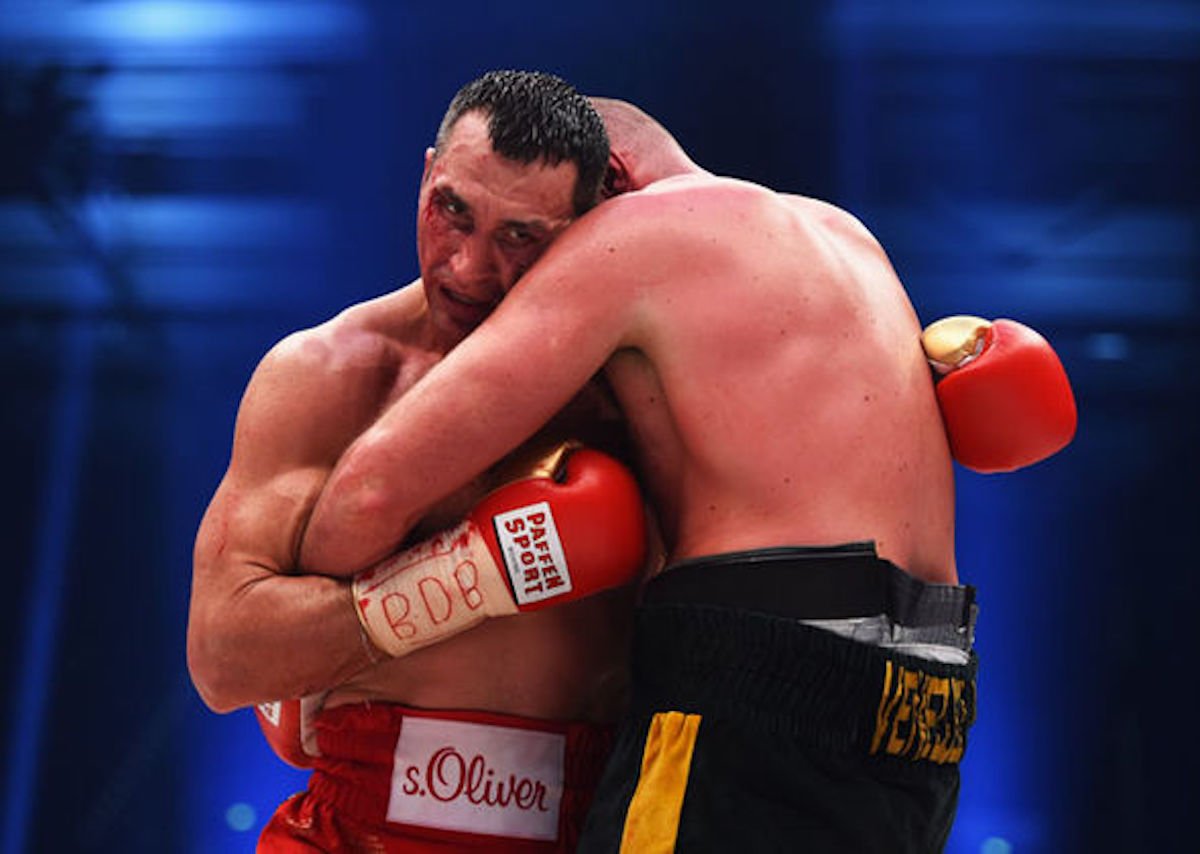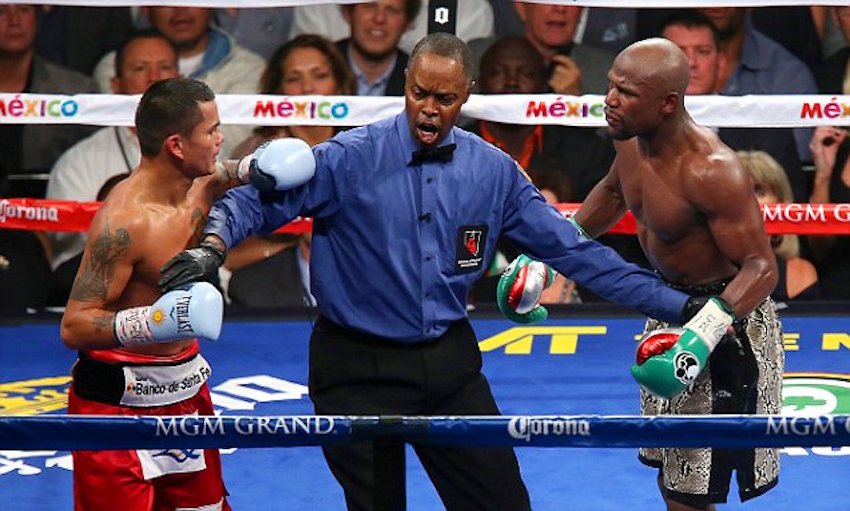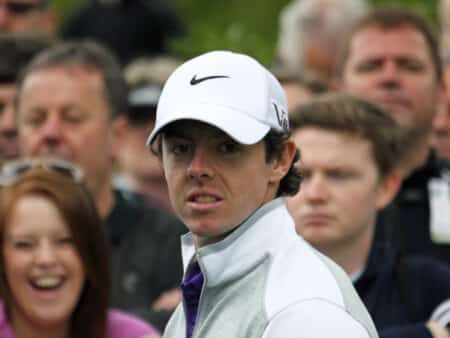Understanding "Hugging" in Boxing: The Tactical Role of Clinching

What Is the Purpose of "Hugging" in Boxing?
If you’ve ever tuned in to a boxing match, you’ve likely seen two fighters locked in what looks like an embrace in the center of the ring. Despite appearances, this action, known as "clinching," is a crucial part of the sport’s strategy rather than a show of affection.
World-class athletes such as Floyd Mayweather Jr. and Lennox Lewis became renowned for their mastery of the clinch, using it skillfully to control fights and shift momentum. So, why do boxers clinch in the ring, and how does it impact the outcome of a bout?
The Mechanics and Strategy Behind the Clinch
Clinching isn’t just random contact-it's a calculated move. To clinch, a boxer slides their arms over an opponent’s arms and often rests their head on the opponent’s shoulder. Once in position, the boxer uses their body weight to lean in tightly.
Each detail serves a specific tactical function:
- Trapping the opponent’s arms makes it difficult for them to keep throwing punches, buying time to recover from a blow or fatigue.
- Positioning the head on the shoulder helps prevent accidental headbutts.
- Leaning body weight on an opponent forces them to carry added mass, draining their energy while providing brief respite for the clincher.
Key Reasons Boxers Clinch
Although it may seem passive, clinching is a proactive technique to:
- Disrupt an opponent’s attacking momentum.
- Provide a moment to recover or regain composure, especially if stunned by a punch.
- Allow a brief period of rest when waiting for the round to end.
The ability to execute and escape a clinch effectively often separates experienced fighters from novices.
Rules and Regulation: When Is Clinching Allowed?
Clinching is permitted within certain boundaries but is strictly regulated by referees across all levels of the sport. It’s important not to confuse clinching with holding, which involves wrapping an arm around an opponent’s waist or torso while keeping the other arm free to throw punches-this is considered a foul.
Referees use discretion to maintain the flow of the fight:
- Some referees break up clinches quickly to ensure continuous action.
- Generally, clinches are allowed to last a few seconds, after which the fighters are separated and required to take a step back before resuming combat.
- In some cases, referees allow fighters a brief opportunity to disengage themselves, possibly by spinning or pushing away.

Breaking from the clinch can change the rhythm of the match, occasionally leaving momentary openings in a guard for counter-punches.
Optimal Scenarios for Using the Clinch
Expert boxing coaches often recommend clinching as part of a wider tactical approach:
- Used to break an opponent’s flow or nullify their inside fighting.
- Especially useful for taller boxers to regain range when an opponent closes the distance.
- Employed tactically when a fighter needs respite or seeks to alter the position in the ring.
However, excessive reliance on the clinch due to exhaustion can backfire. Fighters who clinch repeatedly out of fatigue risk using more energy and losing momentum.
To maximize its effectiveness, boxers should use the clinch not as a last resort but as a deliberate tool to disrupt their opponent’s game plan well before exhaustion sets in.
Conclusion: The Clinch as a Boxing Tactic
While it may resemble a friendly hug, clinching is an age-old boxing technique designed to frustrate, wear down, and outmaneuver an opponent. Far from being an act of camaraderie, it's one of the most nuanced defensive and strategic maneuvers a fighter can use, often determining the difference between surviving a tough round and being knocked out.
Lead image: Express













